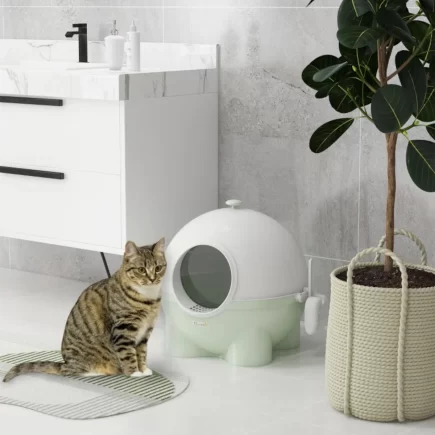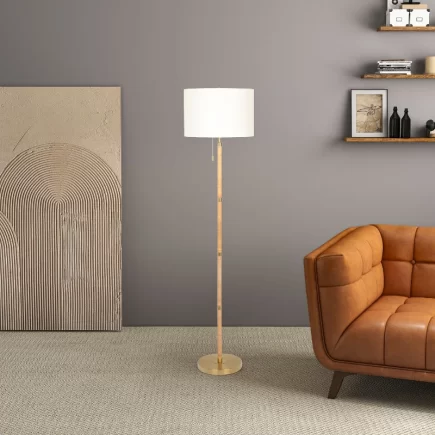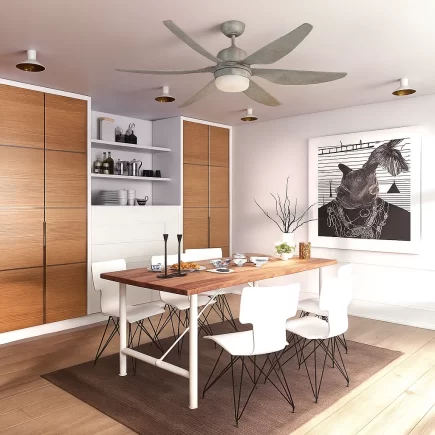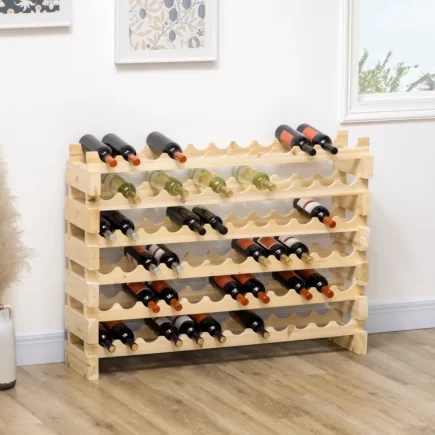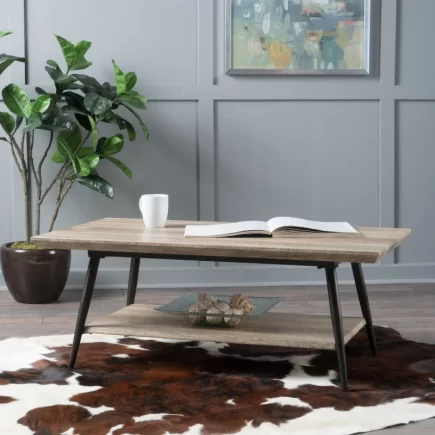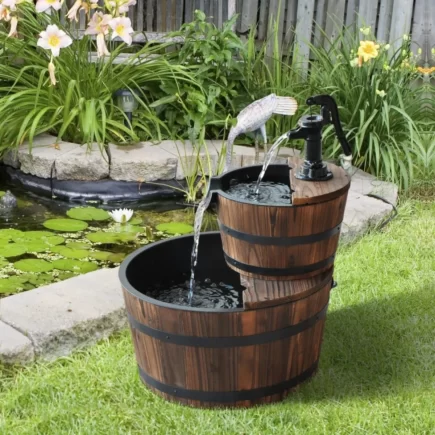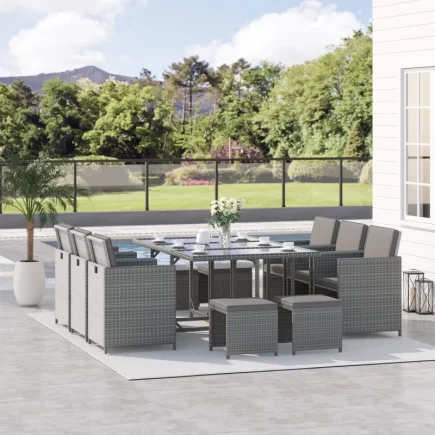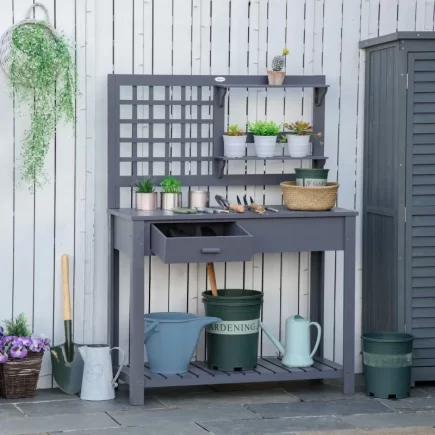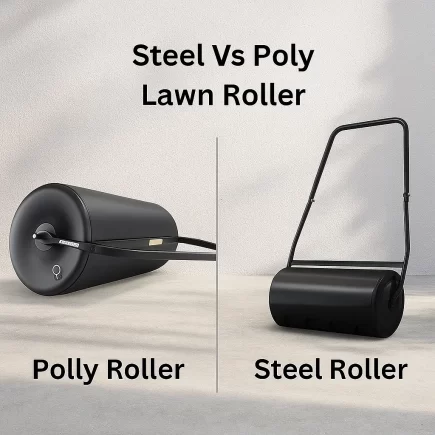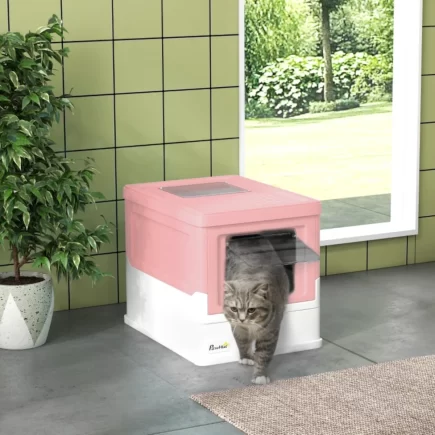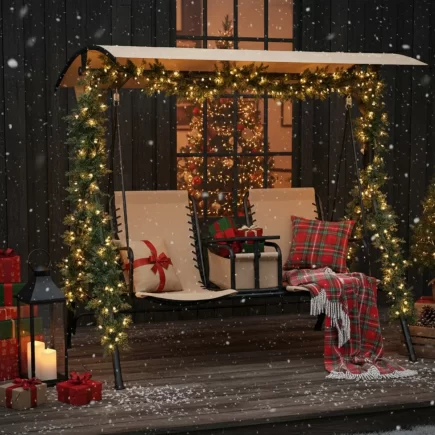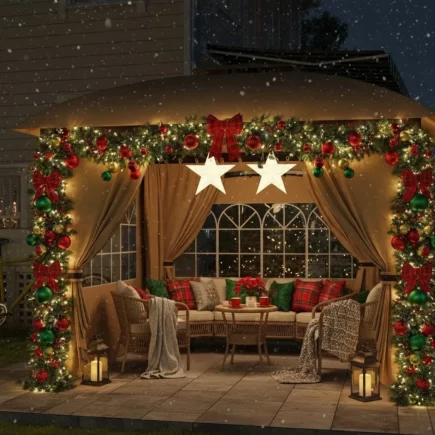At first glance, sideboards and buffets might seem interchangeable. Both serve as elegant storage pieces that blend beauty with function, often seen in living and dining spaces. Yet, the Sideboard vs. Buffet distinction lies in how they’re designed, placed, and used. This article breaks down their differences so you can confidently choose the right one for your home.

What Is a Sideboard?
A sideboard is a low, elongated cabinet known for its versatility and sleek design. It’s not limited to dining rooms, homeowners often place sideboards in living areas, hallways, or bedrooms for stylish storage.
Key Features of a Sideboard:
- Low Height: Usually shorter with minimal legs.
- Versatile Design: Fits easily into compact or open spaces.
- Mixed Storage Options: Includes drawers, cabinets, or open shelves.
- Decorative Surface: Ideal for displaying plants, lamps, or artwork.

A sideboard’s flexibility makes it perfect for multifunctional rooms where storage and style must coexist.
What Is a Buffet?
A buffet is a taller, dining-focused cabinet built for entertaining and storage. It’s designed for serving food and drinks conveniently during gatherings.
Key Features of a Buffet:
- Taller Frame: Slightly higher than a sideboard, making serving easier.
- Closed Storage: Deep cabinets to hold heavy dinnerware and platters.
- Formal Appearance: Often includes elegant finishes or decorative hardware.
- Serving Surface: Offers ample space for dishes, trays, or beverage setups.

A buffet creates structure and function in a dining area while maintaining a refined look.
Key Design Differences
Each furniture piece brings its own visual personality. While they share a silhouette, the difference lies in leg style, height, and atmosphere.
1. Leg Style & Height
- Sideboard: Short or flush-to-the-floor design, giving it a grounded look.
- Buffet: Longer legs or raised base, making it convenient for standing use.
2. Overall Aesthetic
- Sideboard: Modern, sleek, and minimalist for varied home styles.
- Buffet: Traditional or formal, often with decorative details.
3. Surface Purpose
- Sideboard: Used for permanent décor, picture frames, art, or lighting.
- Buffet: Used for temporary setups, food trays, utensils, or drinks.
4. Functional Layout
- Sideboard: Offers a mix of drawers and open shelving, ideal for everyday items.
- Buffet: Features deep cabinets for larger items like dinnerware and platters.
5. Visual Impact
- Sideboard: Minimalist and clean, blending into various styles.
- Buffet: More ornate with a commanding presence in formal settings.

These distinctions make sideboards better suited for casual, flexible living areas, while buffets fit formal dining zones.
Placement and Practical Use
Where you place each piece determines how it complements your lifestyle and layout.
Best Spots for a Sideboard:
- Living Room: Organize books, remotes, and décor items.
- Entryway: Store everyday grab-and-go essentials.
- Bedroom: Hold folded clothes or accessories without clutter.
- Under a Wall-Mounted TV: Hide cables and display décor at eye level.

Best Spots for a Buffet:
- Dining Room: Store fine china, cutlery, and tableware.
- Kitchen-Dining Hybrid: Bridge the transition between cooking and serving areas.
- Event or Entertainment Corner: Display drinks, snacks, or party setups conveniently.
The key difference lies in purpose, sideboards blend into multiple spaces, while buffets belong in rooms centered around hosting and dining.
Storage and Functionality
Storage capacity is one of the strongest distinctions between the two, both practical, yet purpose-built differently.
Sideboard Storage Style:
- Combines drawers and shelves for mixed items.
- Works well for media gadgets, games, or decorative accessories.
- Easy to access daily-use items without a bulky look.
Buffet Storage Style:
- Prioritizes enclosed cabinetry for protection and structure.
- Designed to hold heavier items like plates, platters, and glassware.
- Keeps formal dining pieces secure and organized.

The buffet’s height and depth cater to dinner service needs, while the sideboard adapts to everyday living requirements.
Materials and Finish Options
Material selection determines not only how each piece looks but how it lasts over time.
Common Materials Used in Both:
- Solid Wood: Durable and timeless, perfect for classic interiors.
- Engineered Wood: Budget-friendly and available in multiple finishes.
- Glass Panels: Adds sophistication for displaying fine items.
- Metal Accents: Creates a sleek, industrial, or contemporary touch.
- Veneer Finishes: Lightweight and easy to maintain for modern homes.
Style Tip: Choose natural wood or veneer finishes for cozy interiors and metal or matte textures for a modern, urban aesthetic.
Weight, Assembly, and Durability
Ease of movement and setup often determines convenience, here’s how they differ in practical terms.
Sideboards:
- Lightweight and easier to reposition.
- Ideal for renters or those who frequently redecorate.
- Simple to assemble due to fewer structural supports.

Buffets:
- Heavier and more stable, built to hold dinnerware safely.
- Requires two people for lifting or moving.
- Longer assembly time due to added reinforcements.
In short, sideboards offer mobility and flexibility, while buffets promise sturdiness and permanence.
Budget Considerations
Your budget plays a key role in choosing between these two furniture pieces. Prices can vary depending on material, craftsmanship, and size.
Sideboard Cost Factors:
- Affordable Range: Engineered wood or veneer sideboards start lower in price.
- Mid-Range Options: Mixed-material or contemporary designs with drawers and open shelves.
- Premium Sideboards: Solid wood or designer models with integrated lighting or metal accents.
Because they’re smaller and simpler to build, sideboards often cost less than buffets, making them a practical choice for flexible interiors.
Buffet Cost Factors:
- Mid-Range Buffets: Offer sturdy build with ample cabinetry.
- Luxury Buffets: Include hardwood, glass, and intricate detailing.
- Custom Pieces: Handcrafted options for formal dining rooms.
Buffets are typically higher priced due to their heavier construction and formal finishes, but they deliver lasting quality and impact in dining spaces.
Finding the Perfect Balance
When comparing a Sideboard & Buffet, think beyond appearance, consider purpose, placement, and lifestyle. A buffet enhances dining experiences with elegance and functionality, while a sideboard adapts to various spaces, offering stylish versatility. Both add structure and charm to your home, but the right choice depends on how you live and entertain.
FAQs
1. Can I use both a sideboard and a buffet in the same home?
Yes, you can use both pieces in different rooms for complementary purposes. Place the buffet in your dining room for formal service and the sideboard in your living room, hallway, or entryway for everyday storage and style balance.
2. Do sideboards or buffets require special floor protection?
Yes, especially for hardwood or vinyl floors. Buffets, being heavier, can dent or scratch floors if dragged. Use felt pads or furniture coasters under all legs to prevent damage during repositioning.
3. My buffet feels too large for my dining room. What can I do?
Try repositioning it along a shorter wall or use it diagonally in a corner to save floor space. You can also remove decorative clutter to make it appear lighter. Visual balance often comes from proportion and clear surrounding space.




